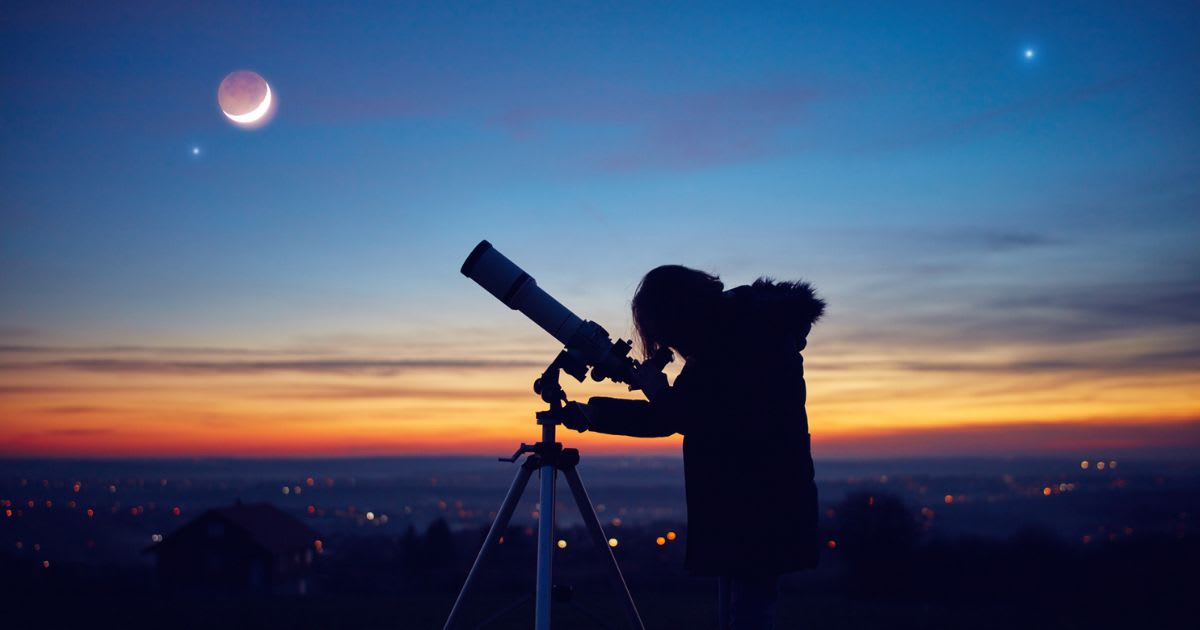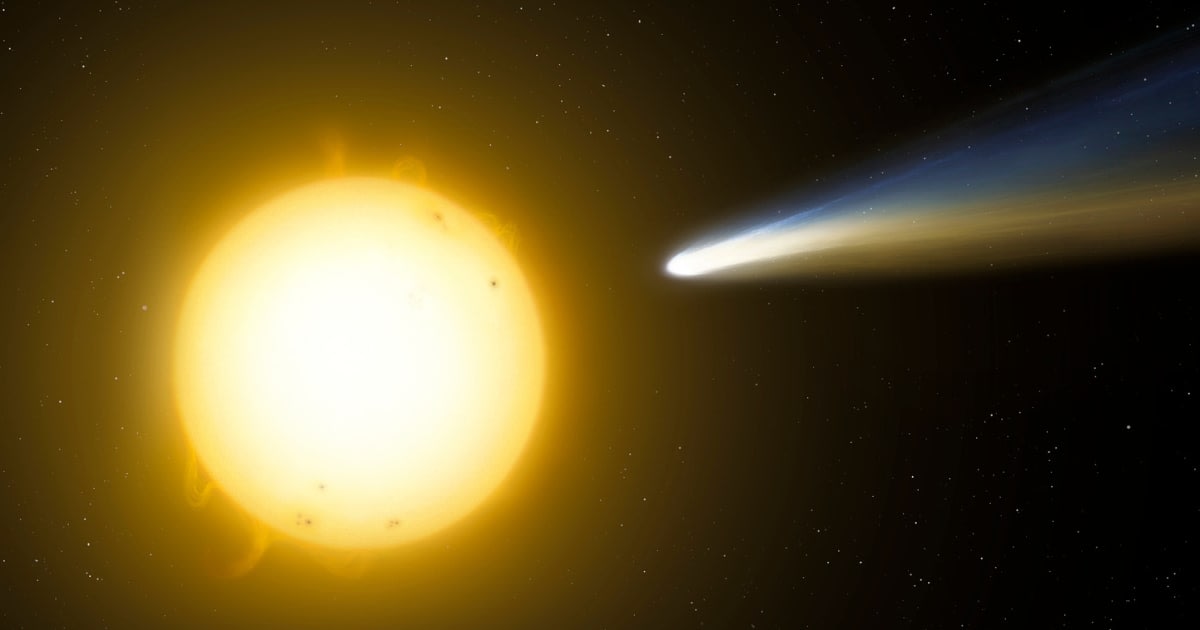How close is comet 3I/ATLAS to Earth today? Here are viewing tips and its likely coordinates

Comet 3I/ATLAS is currently visible in the constellation Virgo, which is at an approximate distance of about 193 million miles (311.3 million kilometers) from Earth. For observers, its exact apparent coordinates are recorded at Right Ascension 12h 45m 47s and Declination -03° 24’ 33”, according to Sky Live.

Because of its distance, light coming from the comet takes about 17 minutes and 18 seconds to reach Earth. The minimum distance of the comet to Earth is expected to be on Friday, December 19, 2025. At this point, 3I/ATLAS will be passing at 1.798 astronomical units, corresponding to a still-significant distance of about 167 million miles (approx 269 million kilometers).
Viewing will require special equipment and optimal conditions, as its latest observed magnitude of 9.7 makes this object a difficult target. A medium-to-large aperture telescope is highly recommended for a definitive visual sighting. With smaller instruments such as binoculars, the comet may be barely detectable, appearing only as an indistinct smudge. Moreover, very dark skies are a necessity. This object is very easily washed out, so viewing must be from a location with minimal light pollution.

The best visibility is in the predawn hours in the eastern sky, before the Sun begins to brighten the sky. Observers will need to check local sky-tracking apps for exact rise times. With the comet's slightly negative declination (-03° 24' 20''), Northern Hemisphere viewers will find the object rather low on the horizon, and this necessitates an unobstructed eastern horizon view.

Comet 3I/ATLAS is super important for astronomers because it’s only the third confirmed interstellar object that’s been spotted moving through our solar system, after 1I/'Oumuamua in 2017 and 2I/Borisov in 2019. It was first detected on July 1, 2025, by the NASA-funded Asteroid Terrestrial-impact Last Alert System (ATLAS, from where it also got its name), and has since been the subject of extensive study and debate. In fact, Harvard astronomer Avi Loeb has repeatedly suggested that the object could be alien technology. However, his views have not gone unopposed, and recent radio evidence has indicated that 3I/ATLAS' origin is natural.

Researcher D.J. Pisano and his team recently used the MeerKAT radio telescope at the South African Radio Astronomy Observatory to pick up radio absorption lines that are typical of hydroxyl radicals (OH molecules). This is a big deal because the absorption happened at the 1665 MHz and 1667 MHz lines, which point to the usual outgassing that comets do. So, this pretty much confirms that 3I/ATLAS is acting just like any other comet as it gets warmer near the Sun.

The celestial visitor also recently concluded its most critical orbital maneuver: its perihelion, or closest approach to the Sun. This happened on October 29, 2025, at 11:47 UTC. During this fly-by, Comet 3I/ATLAS got as close as about 126 million miles (or around 203 million kilometers, which is about 1.36 AU) from the Sun.
More on Starlust
New telescope image confirms interstellar comet 3I/ATLAS is growing a bright ion tail
Physicist Brian Cox reveals what he finds 'remarkable' about interstellar comet 3I/ATLAS









